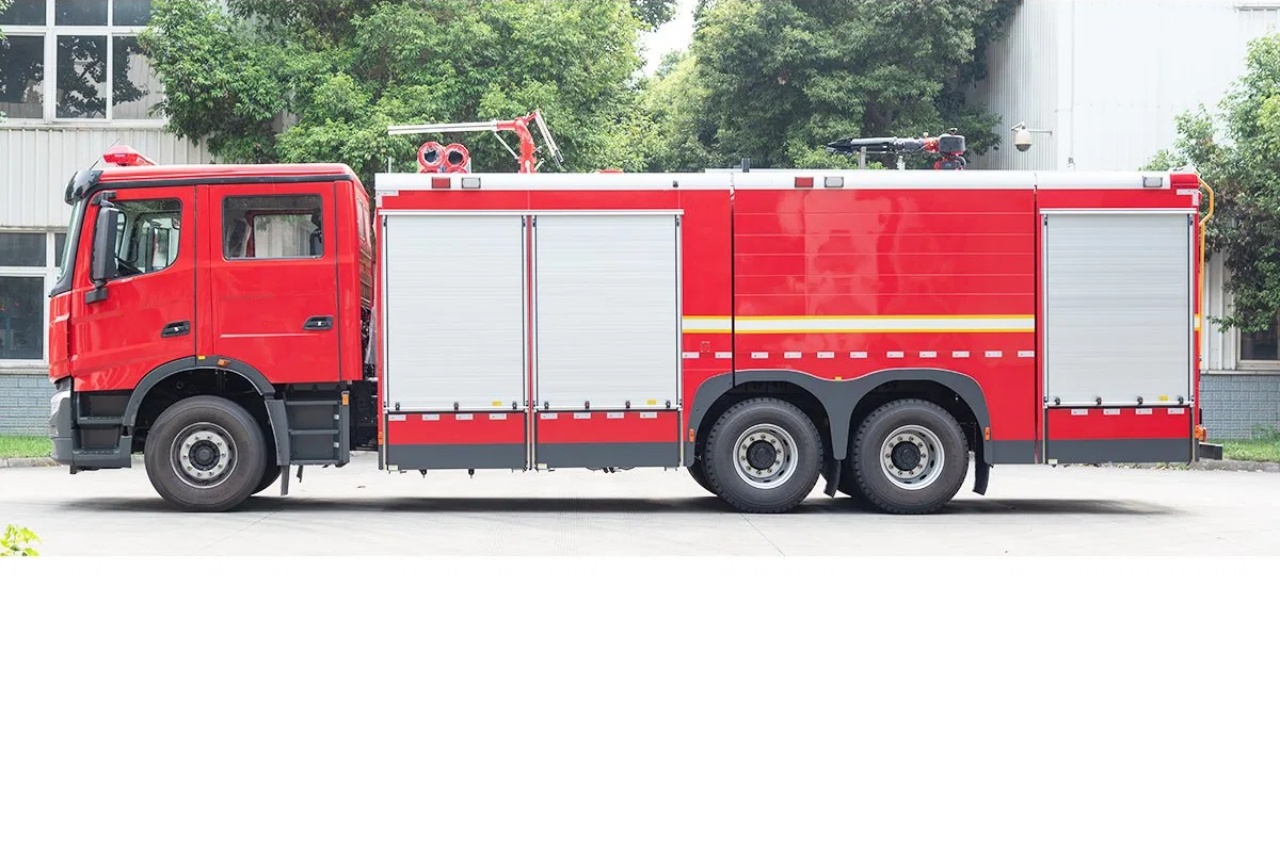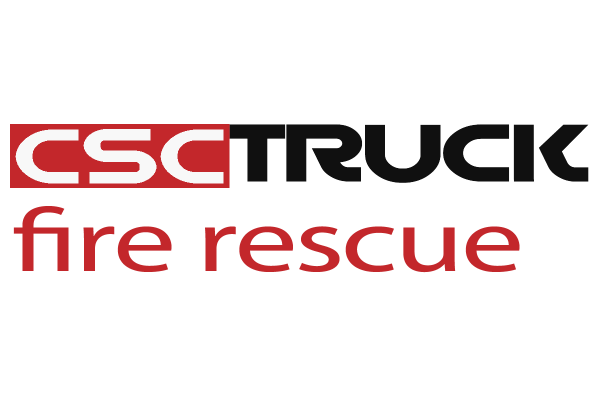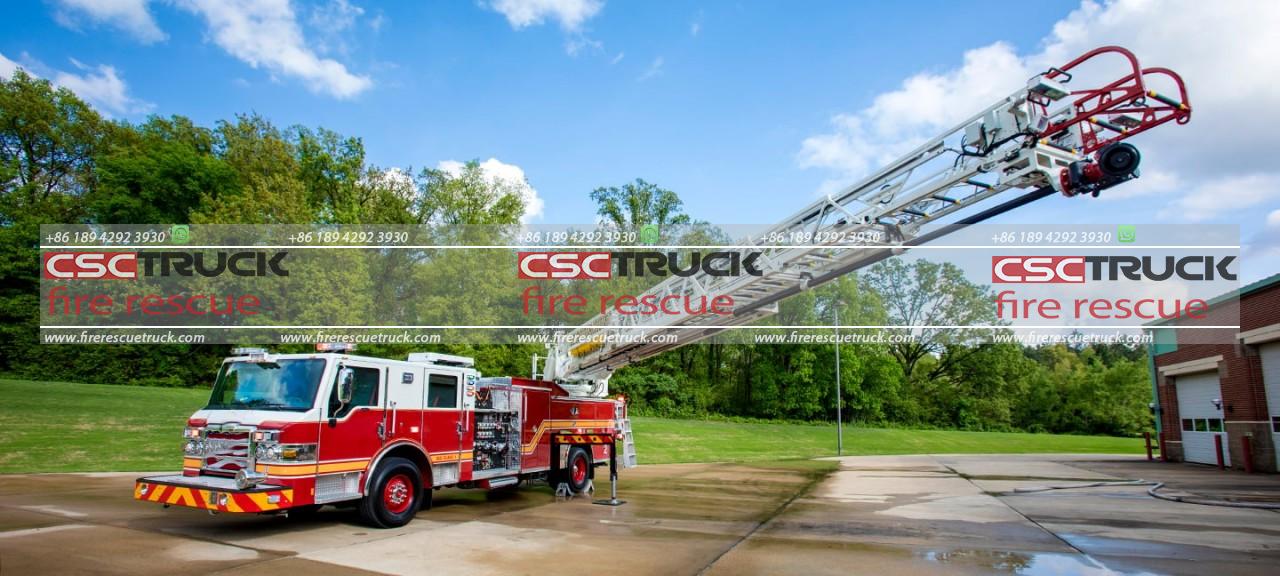Hazmat Fire Truck: A Detailed Overview of Hazmat Firefighting Vehicles for Hazardous Situations
Introduction
When a disaster strikes, especially one involving hazardous materials (HazMat), traditional firefighting vehicles might not be equipped to handle the unique challenges posed by dangerous chemicals, radioactive substances, or toxic gases. This is where Hazmat fire trucks come into play. Specialized, advanced, and highly technical, these vehicles are essential for addressing hazardous materials incidents safely and effectively. A Hazmat fire truck is specifically designed to contain, mitigate, and respond to hazardous material emergencies, and understanding their design, functions, and capabilities is vital for first responders, safety personnel, and the public.
What is a Hazmat Fire Truck?
A Hazmat fire truck is a type of firefighting vehicle that is equipped to handle emergencies involving hazardous materials. These materials could be in the form of toxic gases, liquids, solids, or other dangerous substances. Unlike conventional fire trucks, Hazmat trucks are designed to provide specialized equipment and containment systems for dealing with chemical spills, toxic fumes, fires fueled by hazardous materials, and chemical contamination.
The role of a Hazmat fire truck goes beyond simply extinguishing fires; it involves risk assessment, chemical analysis, decontamination, and containment of hazardous substances. Hazmat units are often deployed in response to industrial accidents, transportation mishaps, spills in transit, or incidents involving hazardous chemicals or radioactive materials.
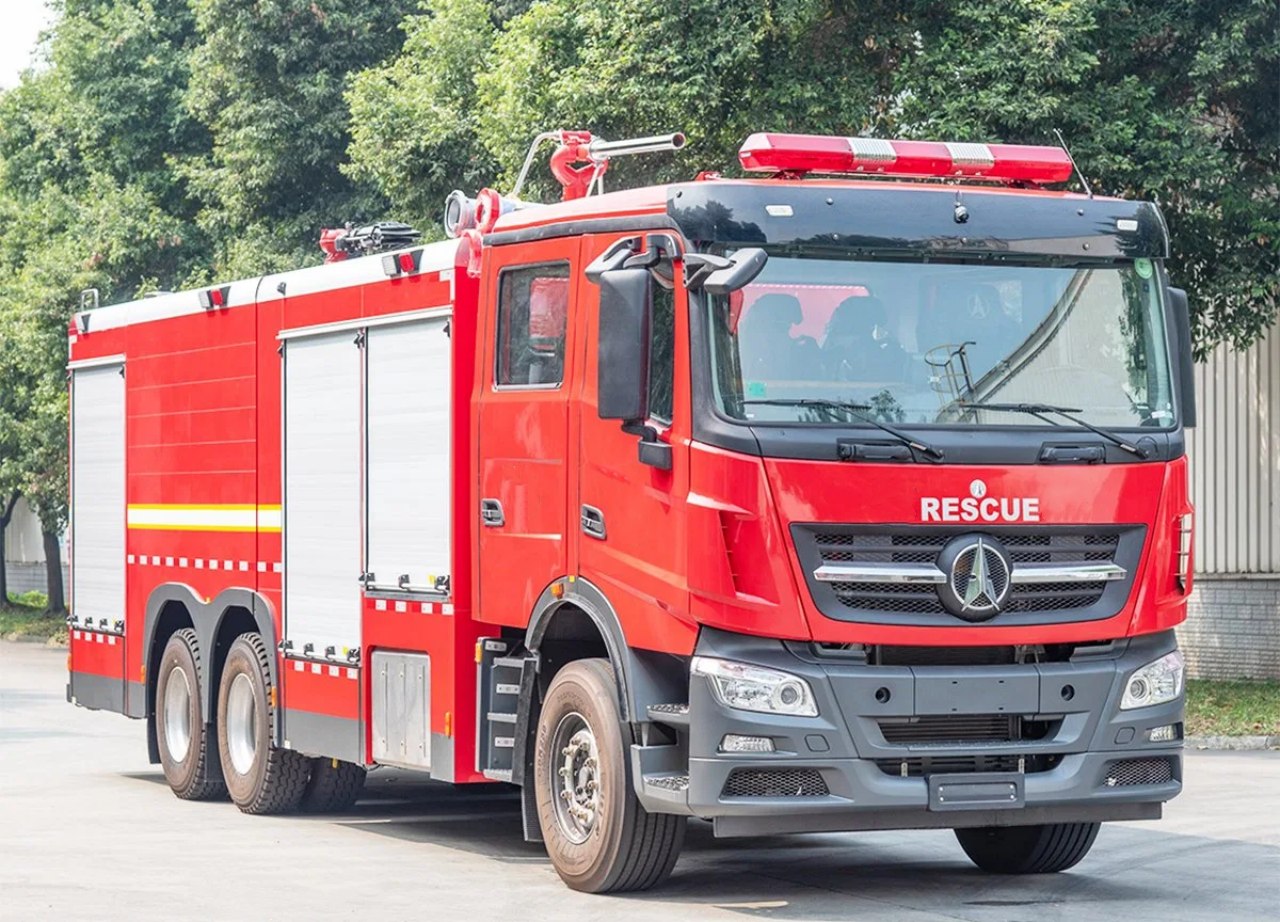
Key Features of Hazmat Fire Trucks
Hazmat fire trucks are highly customized to meet the specific demands of hazardous material response. Some of their key features include:
- Specialized Storage and Containment Systems:
Hazmat trucks are equipped with special compartments and tanks that can store and transport various chemicals safely. These compartments are designed to be leak-proof and are usually constructed with corrosion-resistant materials to handle toxic and flammable substances. - Advanced Chemical Detection Equipment:
Hazmat vehicles are equipped with state-of-the-art sensors and detectors that can analyze and identify hazardous chemicals in real time. These include gas detection sensors for volatile organic compounds (VOCs), toxic gases, and radioactive materials. The ability to detect the type of chemical involved is essential for responders to know how to safely contain and treat the substance. - Decontamination Systems:
In the event of a spill or exposure to hazardous materials, decontamination is critical to prevent further injury or contamination. Hazmat fire trucks often come with mobile decontamination units, including showers, wash stations, and chemical neutralizers. These systems allow for the cleaning and decontamination of personnel, equipment, and victims who have been exposed to harmful substances. - Fire Suppression Systems:
While Hazmat trucks are designed primarily for hazardous material management, they also carry specialized fire suppression systems capable of tackling fires fueled by chemicals or flammable gases. The fire suppression systems on Hazmat trucks include foam-based solutions, dry chemicals, and even special foam nozzles for suppressing chemical fires. - Protective Gear and Personal Protective Equipment (PPE):
Hazmat fire trucks are stocked with an array of personal protective equipment (PPE) that provides safety for first responders in hazardous situations. This includes hazmat suits, respirators, gloves, boots, and face shields. The vehicles are also equipped with storage for other emergency medical supplies, including antidotes for chemical exposure. - Communication Systems:
In a hazardous material emergency, effective communication is essential. Hazmat fire trucks are outfitted with advanced communication equipment that allows first responders to maintain contact with other units, incident command centers, and specialized teams for chemical analysis or bomb disposal. - Rescue Tools and Specialized Equipment:
Hazmat trucks also carry rescue tools like hydraulic cutters, spreaders, and stabilizing equipment, which are crucial for accessing victims who may be trapped in vehicles or buildings affected by hazardous materials. They may also include chemical-resistant tools, such as spill kits, containment booms, and absorbent materials to manage spills.
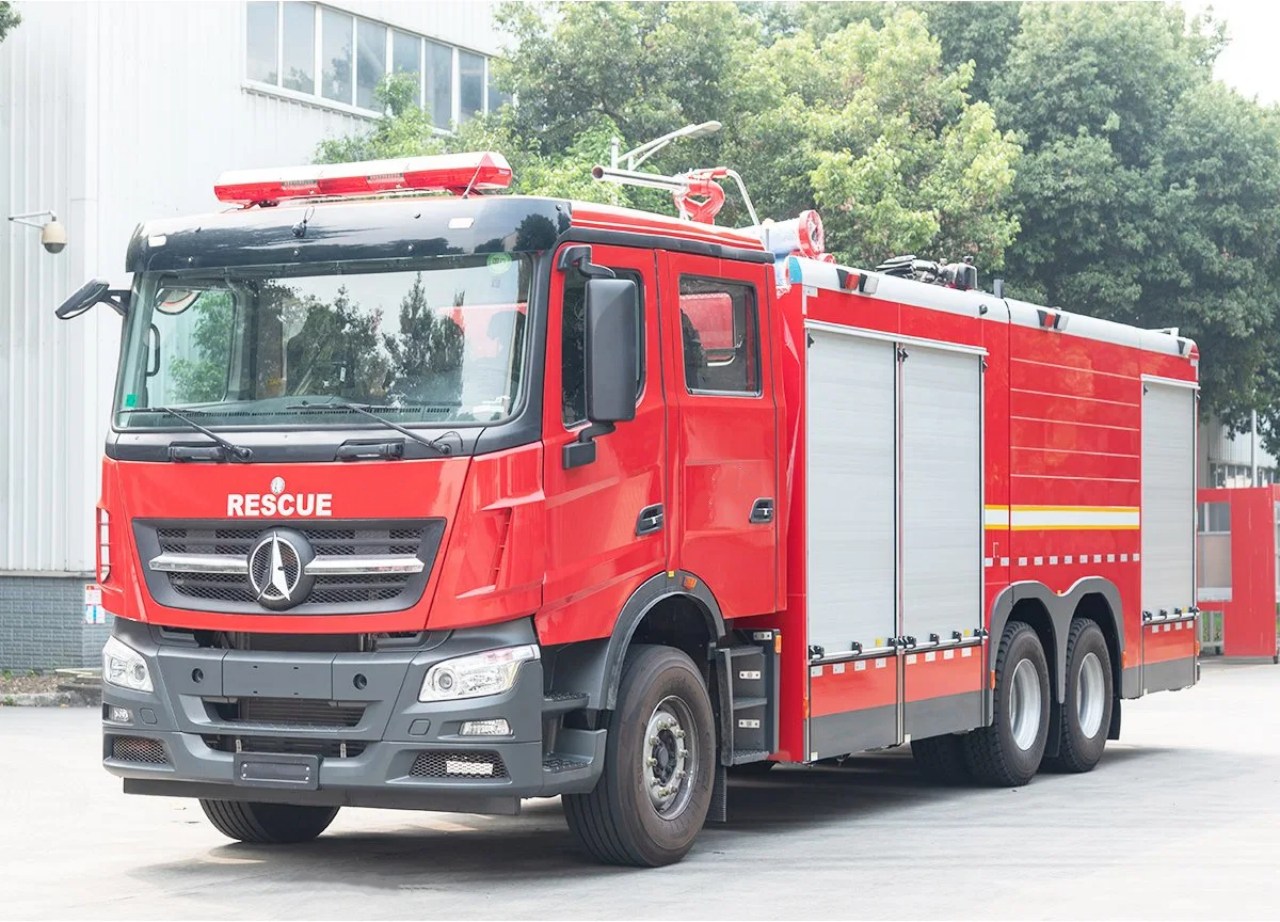
Types of Hazmat Fire Trucks
Depending on the size and scope of the emergency, Hazmat fire trucks can vary in terms of design and function. The most common types of Hazmat vehicles are:
- Hazmat Response Units (HRUs):
These units are compact, highly mobile vehicles equipped to respond quickly to hazardous materials emergencies. They often operate in urban environments where quick access and maneuverability are required. HRUs are usually staffed by a small team of specialists trained in hazardous material handling. - Hazmat Tanker Trucks:
These vehicles are designed to transport large quantities of hazardous materials, such as chemicals, liquids, or gases. Hazmat tankers are equipped with robust containment systems to prevent leaks and spills during transportation. In case of a spill or accident, these trucks are equipped with tools to contain and clean up the substance. - Hazmat Support Vehicles:
These vehicles provide logistical and operational support to frontline Hazmat trucks. They are equipped with additional resources, including extra equipment, supplies, and specialized tools that may be required in a prolonged emergency. Support vehicles can carry large quantities of foam, absorbent materials, and decontamination supplies. - Mobile Command Centers:
In large-scale hazardous material incidents, a mobile command center is often deployed. These vehicles are equipped with advanced communication and coordination systems that allow for real-time decision-making, strategic planning, and the management of resources. Mobile command centers provide a centralized location for incident commanders to oversee the situation and allocate resources effectively.
The Role of Hazmat Fire Trucks in Emergency Response
When a hazardous material emergency occurs, Hazmat fire trucks are among the first responders. Their role is to secure the scene, assess the danger, and contain or neutralize the hazard. The following outlines the key steps that Hazmat teams typically take:
- Scene Assessment:
Upon arrival, the Hazmat team conducts an initial scene assessment to determine the type and extent of the hazard. This involves identifying the chemicals or materials involved, evaluating the risk of fire, explosion, or contamination, and ensuring that a safe perimeter is established. - Chemical Analysis:
Hazmat units use their onboard chemical detection equipment to determine the properties of the hazardous materials involved. This step is essential for determining the appropriate response strategy, as different chemicals require different firefighting tactics. - Containment and Neutralization:
Once the substance is identified, the Hazmat team works to contain and neutralize it. This may involve deploying containment booms, applying chemical neutralizers, or using absorbent materials to stop the spread of the hazardous material. - Decontamination:
After the material is contained, the next step is to decontaminate affected individuals, equipment, and the environment. Hazmat trucks provide mobile decontamination showers and wash stations for this purpose. - Fire Suppression and Safety:
If the incident involves a fire, Hazmat trucks are equipped to use foam and other specialized fire suppression systems to safely extinguish chemical fires without exacerbating the situation. - Evacuation and Public Safety:
In some cases, Hazmat teams may need to assist with the evacuation of people from the affected area. They work closely with local emergency management agencies and law enforcement to coordinate evacuations and ensure the safety of civilians.
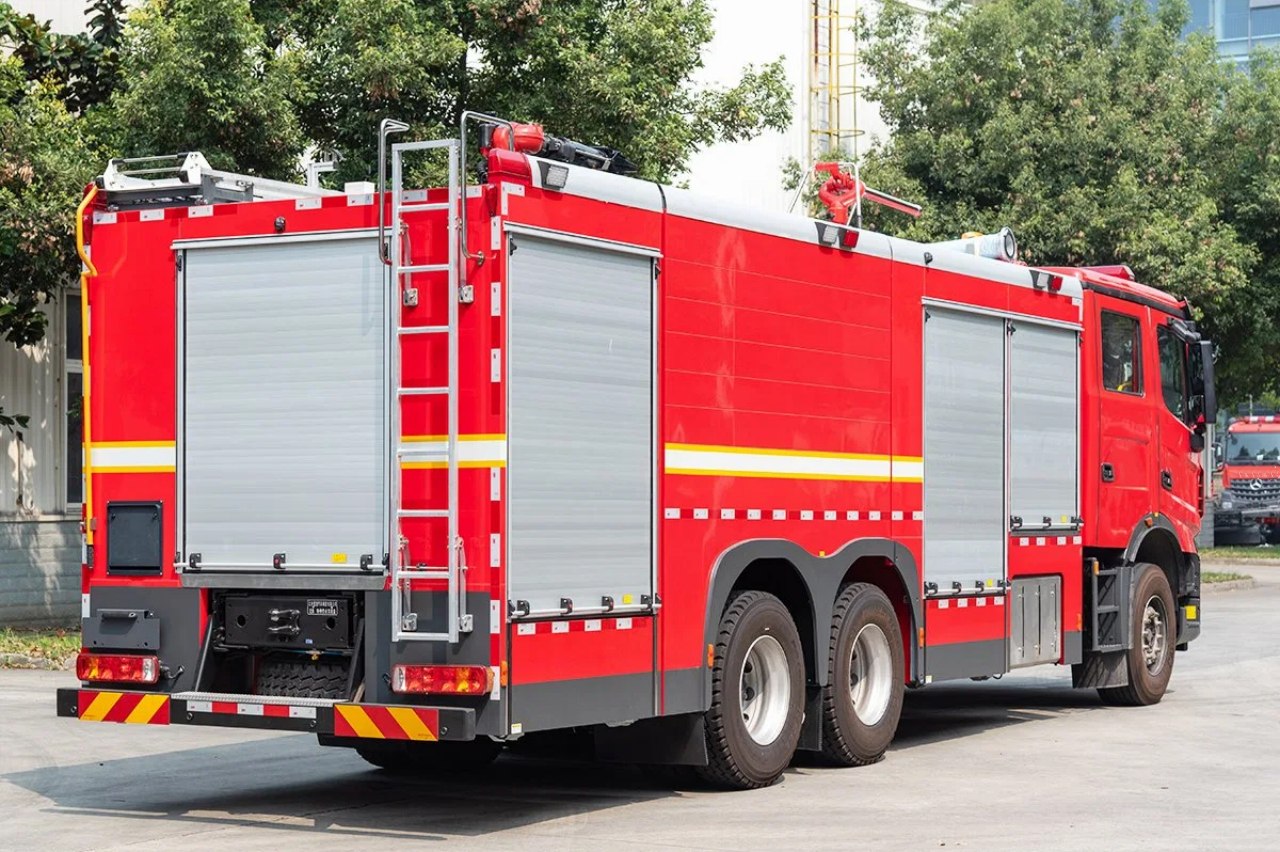
Training and Expertise
To operate Hazmat fire trucks effectively, responders must undergo extensive training in hazardous material handling, chemical safety, firefighting techniques, and decontamination procedures. Hazmat teams are usually composed of personnel with specialized training in hazardous materials, toxicology, emergency medical response, and firefighting.
Conclusion
Hazmat fire trucks play a crucial role in managing hazardous materials incidents, ensuring the safety of first responders, civilians, and the environment. With their advanced equipment, trained personnel, and comprehensive capabilities, these vehicles are designed to handle the most dangerous situations that involve toxic chemicals, explosive materials, and other hazardous substances. As the world becomes more industrialized and transportation of hazardous materials continues to increase, Hazmat fire trucks will remain an indispensable part of emergency response teams worldwide.
